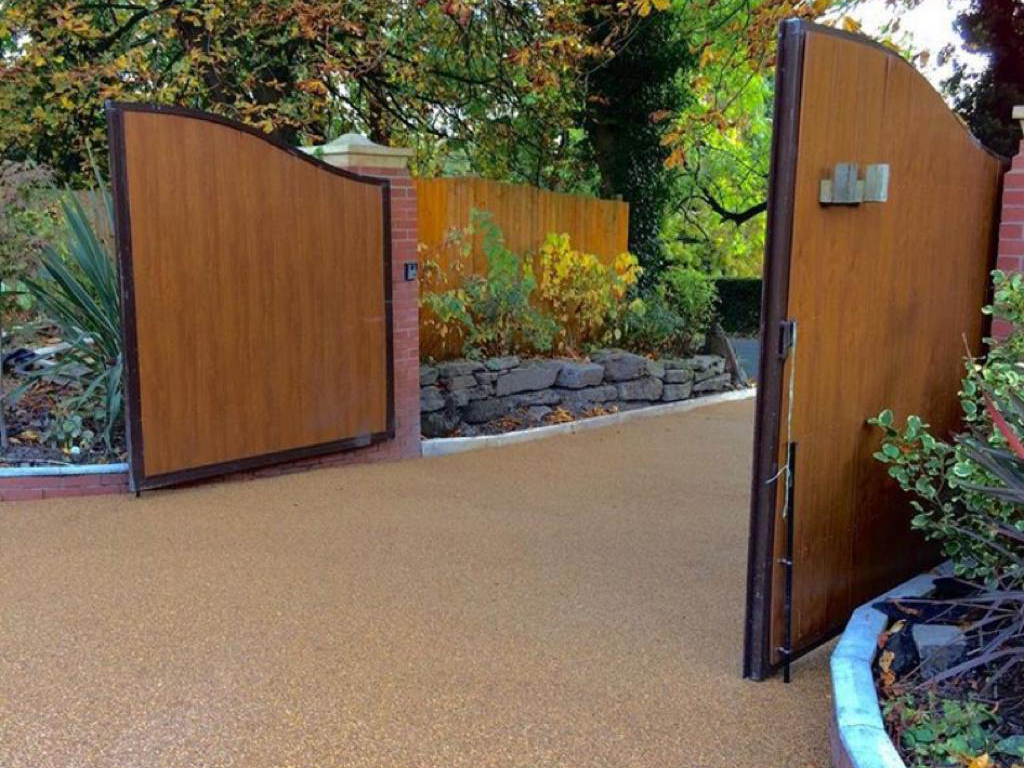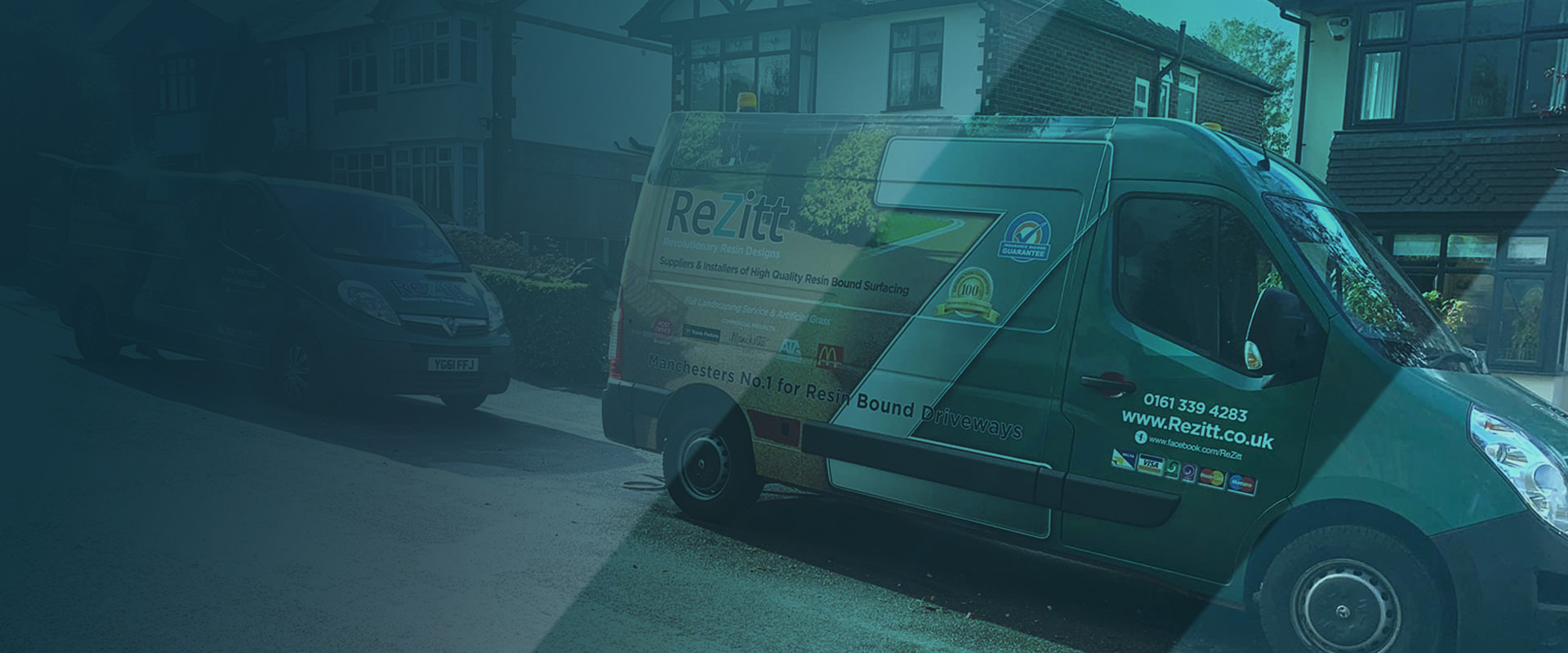
Versatility is a huge part of why resin driveways are so popular. Aside from the beautiful results and their capabilities as a permeable surface that avoids standing water, a resin-bound driveway can be tailored to meet the needs of a homeowner or harmonise with the local area.
However, whilst the versatile results speak for themselves beautifully, another aspect of what makes them appealing is that the resin-bound aggregate material can be applied on top of existing driveway surfaces.
This can be really important, as it reduces time and disruption by cutting the level of work required, and allows for a wide range of options when it comes to driveway design and surfacing.
Not having to remove existing block paving, tarmac or flagstones can save time, but there are considerations to bear in mind if you are planning on using your existing driveway as a base or effective subbase.
Block Driveways Can Subside
Whilst block paving and flagstones can be used, there is a potential movement issue that can affect the longevity and lifespan of your resin drive.
Stone flags can and often do shift under their own weight, which by itself is fine, but with a resin-bound surface on top of them, it can lead to somewhat colossal cracks forming, which not only look unsightly but can destroy the lifespan of an otherwise highly-durable surface.
This is also true with brick paving driveways as well, and it will take a considerable amount of groundwork to ensure that this subsidence is kept to a minimum, something an expert installer will strongly advise if not actively insist upon.
As well as this, anything that might affect the groundworks such as pressure washing could lead to problems in the long run.
Prime Your Concrete
Whilst obviously laying a resin surface over concrete means that it will no longer be permeable, it can be a good option so long as the subbase it is laid on is deep enough to support the additional aggregate weight.
As well as this, it needs to be heavily cleaned and primed with a suitable polymer primer before the resin is laid.
If this step is skipped, then the resin will simply not stick to the concrete and the whole process will need to be redone. It also stops delamination and stops the concrete from absorbing the resin and leading to loose aggregate.
Give It Time
If you have a newly installed surface that you want to lay a resin drive on top of, you need to give it time to bed in properly.
This is especially the case with concrete. If you have a concrete surface you need to give at least seven days before installing the primer and resin-bound aggregate. After this, ensure you have time to allow the resin time to appropriately cure.
It is a similar story with tarmac, although as long as the asphalt is in a good enough condition and laid on a good subbase, the resin aggregate can be laid on top of that.


